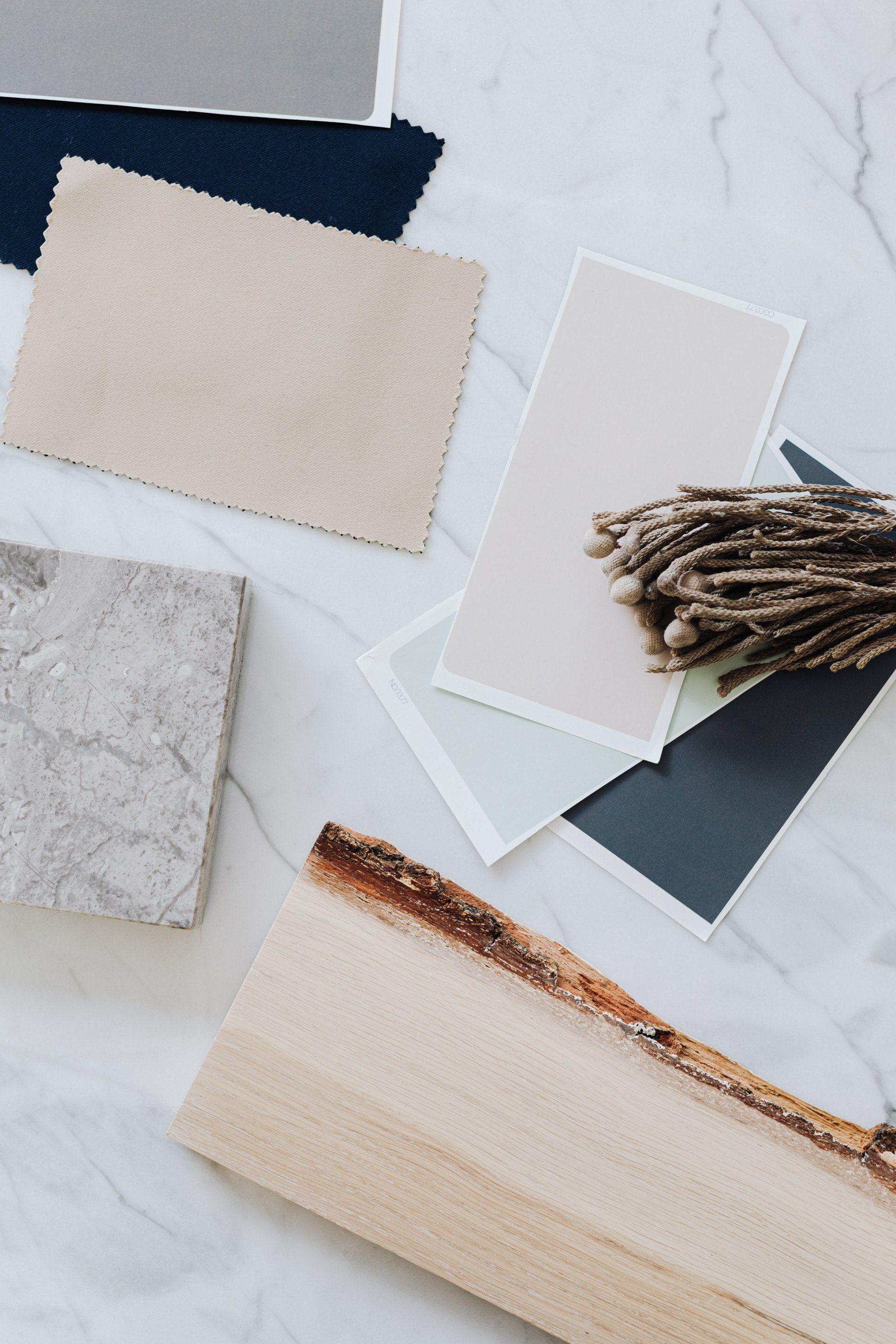How to Choose Paint Colors for your Home
How to choose paint colors for your home
Whether you’re moving into a new place or want to fix up your existing home, choosing paint for your home can feel daunting. With hundreds of different colors to pick from, and several possible finishes, there’s a lot to consider. Will you coordinate all rooms? Will you use contrasting trim? Do you want to match the inside to the outside? Should you paint your front door? Here are our best tips to help make the process easier.
What you need to know before choosing paint colors for your home
Regardless of what part of your home you want to paint, knowing the basics of color theory will make the process easier. In our experience, it’s useful to consider the difference between cool and warm colors, and also the different options with whites. Here’s what you should know.
- Cool vs warm colors
Broadly speaking, warm colors are those based off of orange, red and yellow. Cold colors, on the other hand, are those based on blue, green, and purple. The main thing to keep in mind is that warm colors have a visual effect of appearing closer, and cool colors make any surface look farther away. So, to make a large space feel cozier, go with warm tones, but to make a small room feel larger, choose cool shades.
- Know your whites
Not all whites are created the same. In general, you’ll find three types of white paint: “clean”, warm or cool. So-called “clean whites” don’t have tinted undertones. Because of it, many designers use them on ceilings to create a neutral background. If you have colorful artwork or furniture, a clean white is also a great option. Warm and cool whites have either warm or cool undertones. When it comes to interior home paint, warmer tones make rooms feel cozy, but might visually close up the space. In contrast, cold whites help rooms feel larger but could be too “soul-less” for certain homes.
How to choose the right exterior color for your house
Using the color theory basics above, here is how you can choose the right exterior home paint for your home.
1. Consider the existing colors
It’s important to take into account the colors that your home already has and that are harder to change. So for example, the roof, any brick walls/fireplace, and the undertones of any stone sections in your property.
2. Use the 3-hue rule
This is a classic from color theory. It basically means you choose a main shade and two accent colors. This will make the entire house feel more cohesive. Of course, consider the existing colors of your home (as explained above). The red in brick, for example, is considered one of your three hues.
3. Look at your neighborhood
Although no one wants to paint their home exactly the same as their neighbor, it’s useful to keep in mind the overall color scheme of the place you live in. Don’t feel limited if you really don’t like how others have painted their homes: it’s just a place to gather ideas. It’s also useful to keep in mind the greenery. If there are lots of trees, a green house will blend with the background. Or if you live in an open, dry area, warm colors might visually make everything even hotter. It all depends on the effect you’re looking for.
4. Consider maintenance
For most of us, the less maintenance we need to do on our homes the better. So take this into account before choosing your exterior paint color. Some shades are better at hiding dust and mud than others. Or, if you have hard water, the white residue left will be almost invisible in a white or cream home versus a deep blue house. If you’ve lived in this home before, you’ll have a better idea of the things that are most likely to stain your fresh paint.

How to choose interior paint colors
1. Consider the feeling of the room
Going back to basic color theory, warm colors make rooms feel cozier (and smaller) and cool colors make any space look bigger. Consider the purpose of the room before choosing the paint. Many designers will tell you that warm colors are better-suited for social rooms, while bedrooms and other private spaces do better with cool tones that will invite relaxation. Of course, consider personal preferences as well. A specific bright color, like cranberry, might spark joy for someone while another person could think it’s too much.
2. Create a palette
You can apply the same 3-color rule to the inside of your home to make it feel more cohesive. Of course, one or two of the shades can come from the actual furniture. So, for example, a bright periwinkle blue couch can definitely provide that accent color without needing to have it as paint.
3. Play with the finishes
Beyond the specific color, you can also use different finishes to renovate the look of a room. Satin finishes (AKA eggshell) are great for families with young kids since they are stain-resistant and handle scrubbing well. Glossy finishes (both semi- and high-gloss options), are often used for trims and ceilings because the shininess helps the room feel larger.
Keep in mind that the higher the gloss the more obvious any bumps in the surface. So unless you had professional wallpaper removal or fully changed the drywall, limit the glossier finishes to walls that have never had any texture or wallpaper.
4. Figure how to add flow to your spaces
Use your color palette to create spaces that “flow” into one another, or are visually distinct. This is especially useful for today’s open-concept homes, which can be daunting to paint and decorate. In this sense, a bright accent wall can lead your eye to recognize the living room as a separate space, while using a repeat color in different spaces can make everything look more cohesive.
5. Don’t forget the ceilings
When choosing new interior home paint, it’s easy to focus only on the walls. But, as we briefly mentioned above, ceiling paint can make a ton of difference. In general, if you have low ceilings it’s important to choose a color that will reflect light. This can be accomplished by picking a light shade (white, gray, cream), or also but choosing a glossy paint.
If you’ve had popcorn ceiling removal done, a satin paint will be a good compromise since the eggshell finish will mask any imperfections. Of course, an uneven ceiling would only be a consideration if an amateur did the removal .
Choosing paint colors for your home can feel like a lot, especially if you’re in the middle of a renovation. When in doubt, look for inspiration: it’s always useful to see what others have done in similar situations. And if you’re feeling overwhelmed, getting help from a professional painter is always useful.




